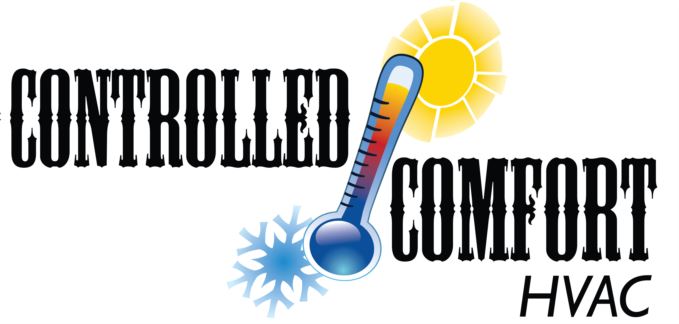
From a relaxing vacation or an extended trip for work, traveling means making plans for your HVAC system. You can't use it while you’re away, so you can make adjustments as appropriate to conserve your energy use. Just the same, you don’t want to just leave it off for the entire time you're out of the house.
Instead, it’s better to leave your HVAC system on and just make adjustments depending on the time of year. That way you can minimize energy costs without stressing about coming back to an uncomfortable home. We’ll review why you shouldn’t turn your HVAC system off as well as the most energy-efficient thermostat settings for various times of year.
Here’s Why You Don't Leave Your Thermostat on Hold
While you may be wanting to leave your HVAC system off before a trip, this could end up leading to costly problems by the time you come back. This is notably true in case the weather will be severely hot or cold while you’re out of town.
For instance, turning the HVAC system off in the summer could lead to very high humidity. Not only will your home feel like a swamp when you have returned, but it could have also stimulated mold/mildew growth or pest infestations.
And during the winter, leaving the furnace off might lead to pipes freezing or even bursting. It’s an awful feeling to return home from a vacation only to discover extensive water damage nearby a broken pipe.
Ideal Thermostat Settings While at Work
You can optimize the temperature even as you come and go to work. Considering you’re out of the house for about 8 hours or longer, it doesn’t seem sensible to keep an empty home at the same temperature you’d usually have. In general, it’s encouraged to adjust the thermostat by 5 degrees or so. This means that if you prefer a comfortable 72 degrees, consider raising it to 76-77 while you’re at work.
But you may save even more if you're open to further adjusting the temperature. As stated by the Department of Energy, you could save around 10% on your HVAC expenses by increasing the adjustment to 7-10 degrees.
Best Thermostat Settings While on a Trip in Summer
If you’re leaving for an extended trip in the hottest part of summer, you can make larger adjustments. This ensures you don’t waste energy while still protecting your home from the issues that come with leaving it without air conditioning. About 5 degrees is appropriate for shorter trips while around 10 degrees is ideal if you’ll be away from home for 2 weeks or longer. If you prefer keeping the house at 72 in the summer, 78-82 should offer beneficial results.
Recommended Thermostat Settings While on Vacation in Winter
To try and find the best thermostat setting for a winter vacation, consider lowering the temperature by the same amount you would adjust it in summer. 68 is a frequent winter thermostat setting, so adjusting to 63-58 will prevent ice from forming on pipes while minimizing how long your furnace operates.
A Smart Thermostat Can Help: Perks of a Smart Thermostat
One of the best ways to optimize your home’s HVAC system while away is by investing in a smart thermostat. This advanced type of programmable thermostat uses intelligent software to understand your preferred comfort habits. It applies these preferences and makes automatic changes to the schedule for higher energy efficiency. And with Wi-Fi connectivity, you can remotely adjust your heating and cooling with a smart device like a phone or tablet.
Smart thermostats are stuffed with features to help you save energy and lower costs. To provide an example, certain models can track electricity prices to boost heating or cooling when prices are more affordable. They can also work with high-efficiency, variable-speed equipment to optimize how long your HVAC system should run. It’s the optimal tool to enhance how you control your comfort system. If you’re planning on investing in a smart thermostat, there are different ways you can reduce your costs, in essence getting a smart thermostat for free. The next time you leave for vacation, you can appreciate true peace of mind that your HVAC system won’t stir up any trouble while you’re away.


